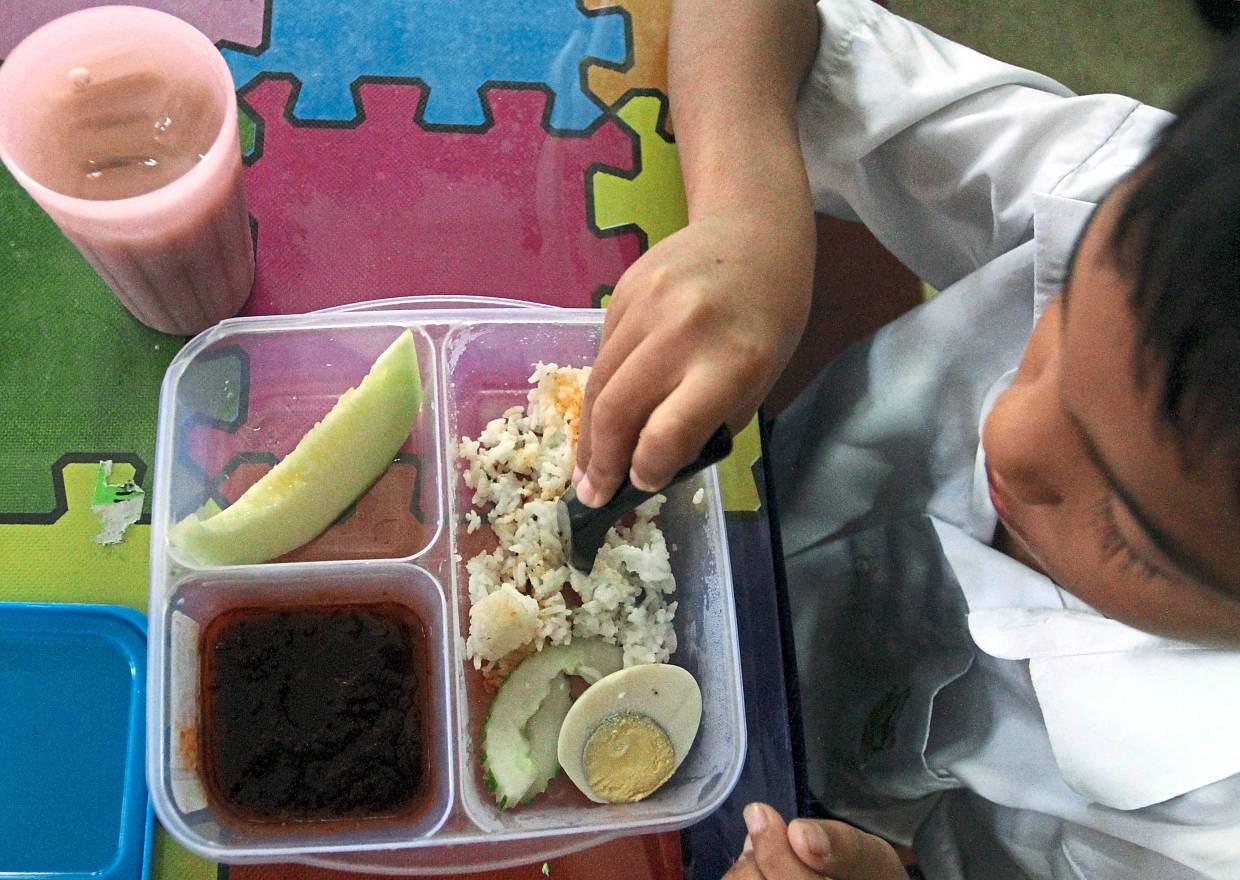Editor’s note: This is the first part of a two-part letter in response to recent news that certain Pakatan Harapan Cabinet members had opposed a plan to give free meals to school children three years ago.
Read Part 2 here.
THE IMPLEMENTATION of a universal school feeding programme must be reconsidered as statistics from the Health Ministry’s (MOH) National Health and Morbidity Survey 2019 show that the nutritional status of children in Malaysia is deteriorating.
Children in Malaysia are victims of the triple burden of malnutrition, which comprises undernutrition (commonly seen through stunting), obesity and hidden hunger or deficiencies of essential vitamins and minerals.
The rate of stunting for children aged under 5 increased from 11.6% in 2011 to 14.1% in 2019, while instances of obesity for children aged 5-17 increased from 6.1% to 14.8% in the same period.
There are also reports of children having “hidden hunger”, which is harder to detect.
While these cited figures are pre-COVID-19, I have no reason to believe that the situation has improved. In fact, the situation has most likely worsened as we only just came out (hopefully) of the height of the economic and health crises.
We are also now dealing with rising food prices.
Considering the current economic situation and to complement the nation’s recovery, a gradual expansion of the Government’s in-school feeding programme may be more appropriate.
The 2022 allocation for the Rancangan Makanan Tambahan (RMT) is just below RM300 mil to provide food for about 500,000 kids (based on 2014 to 2018 statistics), with an average cost of about RM600 per student.
With 2.7 million students enrolled in Government primary schools, I reckon that the total cost for a universal school feeding programme in primary schools alone could rise to RM1.6 bil.
However, this number doesn’t take into account savings from economies of scale (eg: purchasing produce in bulk), the necessary increase in the RMT-meal price tag due to recent food price hikes (eg: increasing the budget per student from RM2.50 per day to, say, RM4).
While including all primary school children in this programme would require a considerable increase in Government spending, it will provide a foundation to refine and improve the universal programme for future generations and two million secondary school children.
Additionally, we should prioritise helping children at the earliest life stage possible (in this case, while in primary school) to prevent and correct childhood malnutrition and to develop lifelong healthy eating habits as early as possible.
Although various economic indicators suggest we are slowly improving, food prices rose throughout 2022 and negatively impacted our cost of living. Estimates by the Statistics Department also show that household income fell in 2020.
Clearly, the (economic) struggle is real.
Additionally, MOH data shows that malnutrition is an issue that cuts across income groups. Take stunting for example.
While the bottom 40 income group (B40s) recorded the highest stunting rate at 22.4% in 2019, the middle 40 income group (M40s) and top 20 income group (T20s) had only marginally lower rates at 17.5% and 16.8% respectively.
With the triple burden of malnutrition affecting children in all income groups and current economic struggles affecting everyone, a school feeding programme can protect children from malnutrition, contribute to “catch-up growth” (i.e. gaining back some of the growth deficits from when they were younger) and provide economic relief for families by reducing food expenditure. – July 28, 2022
Jarud Romadan Khalidi is a research associate at Khazanah Research Institute (KRI). He is also a co-author of the Understanding School Feeding in Malaysia research paper.
The views expressed are solely of the author and do not necessarily reflect those of Focus Malaysia or KRI.
Main photo credit: The Star









